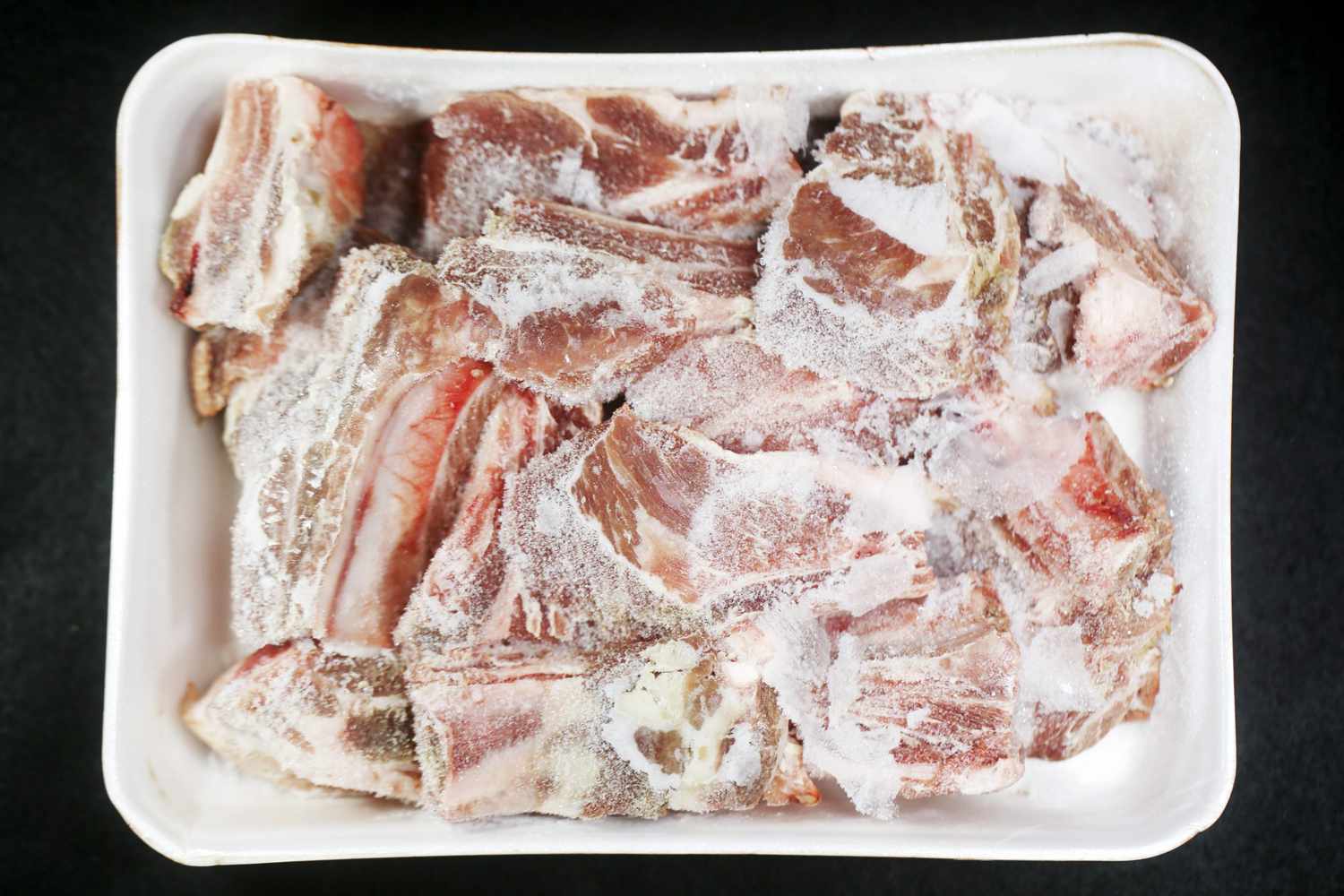

Articles
How To Get Rid Of Freezer Burn
Modified: January 18, 2024
Learn effective methods to remove freezer burn from your food with these informative articles. Protect your food from freezer burn and make your meals delicious again.
(Many of the links in this article redirect to a specific reviewed product. Your purchase of these products through affiliate links helps to generate commission for Storables.com, at no extra cost. Learn more)
Introduction
Having a freezer is a convenient way to store food and extend its shelf life. However, one common issue that many people encounter is freezer burn. Freezer burn can be a frustrating and unpleasant experience, as it affects the quality and taste of your frozen foods. But what exactly is freezer burn, and how can you prevent and get rid of it?
In this article, we will explore the ins and outs of freezer burn, including its causes, signs, prevention methods, and effective ways to remove it. By understanding these factors, you can ensure that your frozen foods stay fresh and delicious for longer periods of time.
Key Takeaways:
- Prevent freezer burn by proper packaging, eliminating air pockets, and maintaining consistent freezer temperature. Recognize signs of freezer burn to salvage affected food and enjoy high-quality frozen items.
- If freezer burn occurs, trim affected areas, rehydrate food, cook or bake, make purees or sauces, and utilize in stocks or broths to salvage frozen items. Trust your senses and exercise caution when consuming freezer-burned food.
What is Freezer Burn?
Freezer burn is a condition that occurs when food becomes dehydrated and develops icy, dry patches on its surface. It typically happens when food is exposed to air and moisture inside your freezer. While it doesn’t pose any health risks, freezer burn can affect the taste, texture, and overall quality of your frozen foods.
When food is improperly stored in the freezer, the water molecules within it begin to evaporate. As a result, the food loses moisture, and the remaining water transforms into ice crystals. These ice crystals can form on the surface of the food, causing it to appear discolored, dry, and with a frosty or leathery texture.
It’s important to note that freezer burn affects both raw and cooked foods. Items like meat, poultry, fish, vegetables, and even ice cream can fall victim to freezer burn if not properly stored.
While freezer burn can be unsightly, it doesn’t render the food completely inedible. However, it can significantly impact the taste and texture of the affected portion, leading to a less enjoyable culinary experience.
Now that we know what freezer burn is, let’s explore the factors that contribute to its occurrence.
Causes of Freezer Burn
There are several factors that can contribute to the development of freezer burn. Understanding these causes can help you take the necessary precautions to prevent it from happening.
1. Air Exposure: The primary cause of freezer burn is exposure to air. When food is not securely packaged or stored in airtight containers, air can seep in and come into contact with the food’s surface. This allows moisture to evaporate and ice crystals to form, resulting in freezer burn.
2. Improper Packaging: Another common cause of freezer burn is improper packaging. If food is not wrapped tightly or if there are gaps in the packaging, it increases the likelihood of air exposure. It is essential to use appropriate freezer-safe containers, plastic wrap, or resealable freezer bags to minimize air contact.
3. Temperature Fluctuations: Fluctuations in freezer temperature can also contribute to freezer burn. When the freezer temperature rises and falls, it can cause the food to thaw slightly before refreezing. This process can lead to the formation of ice crystals on the food’s surface, resulting in freezer burn.
4. Length of Storage: The longer food is stored in the freezer, the higher the chances of developing freezer burn. Over time, even with proper packaging, food can still be exposed to air and moisture, leading to dehydration and freezer burn. It’s essential to rotate your frozen items, using older ones first, to minimize the risk of freezer burn.
5. Poor Quality Packaging: Lastly, using low-quality or subpar packaging materials can increase the likelihood of freezer burn. Thin plastic films or containers that are not designed for freezer use may not provide adequate protection against air and moisture, making your food more susceptible to freezer burn.
By understanding these causes, you can implement effective strategies to prevent freezer burn. In the next section, we will discuss the signs that indicate your food has fallen victim to freezer burn.
Signs of Freezer Burn
It’s important to be able to recognize the signs of freezer burn so that you can identify and address the issue promptly. Here are the common signs to look out for:
1. Discoloration: One of the first signs of freezer burn is a change in the color of the food. The affected areas may appear lighter or have a grayish or brownish hue. This discoloration is a result of the food’s moisture loss and exposure to air.
2. Dry and Leathery Texture: Freezer-burned food often develops a dry, leathery texture. It may feel tough when touched or chewed. This is because the dehydration process causes the food’s moisture to evaporate, leaving behind a dry and rubbery consistency.
3. Formation of Ice Crystals: Another telltale sign of freezer burn is the presence of ice crystals on the surface of the food. These crystals are a result of the water molecules within the food turning into ice and then sublimating into the dry freezer air. The formation of ice crystals can give the food a frosty appearance.
4. Loss of Aroma and Flavor: Freezer-burned food often loses its natural aroma and flavor. The prolonged exposure to air causes the essential oils and flavors to degrade, resulting in a bland or off-putting taste.
5. Packaging Damage: If you notice any rips, tears, or openings in the packaging of your frozen food, it is a sign that air may have entered, leading to potential freezer burn. Always check the packaging for any signs of damage before storing it in the freezer.
It’s important to note that while freezer-burned food is still safe to eat, it may not taste as good or have the same quality as before. Consuming freezer-burned food won’t pose any health risks, but it may not be as enjoyable. However, if you notice any unusual odors or signs of spoilage, it’s best to discard the food.
Now that you know how to identify freezer burn, we’ll explore some preventative measures you can take to avoid it altogether.
To prevent freezer burn, make sure to wrap food tightly in plastic wrap or aluminum foil to minimize air exposure. Additionally, consider using a vacuum sealer to remove excess air before freezing.
Preventing Freezer Burn
Preventing freezer burn is crucial to maintaining the quality and taste of your frozen foods. By implementing these preventative measures, you can significantly reduce the chances of freezer burn occurring:
1. Proper Packaging: Ensure that your food is properly packaged before it goes into the freezer. Use airtight containers, freezer bags, or vacuum-sealed packaging to minimize air exposure. Make sure all packaging materials are designed for freezer use.
2. Eliminate Air Pockets: When packaging your food, make sure to remove any excess air before sealing it. Air pockets can create opportunities for moisture to enter and lead to freezer burn. Squeeze out as much air as possible from freezer bags or use vacuum sealers to remove air completely.
3. Wrap Food Securely: Wrap individual pieces of food tightly in plastic wrap or aluminum foil to create an extra layer of protection. Ensure that the wrap is snug, with no gaps or openings where air can enter.
4. Use Freezer-Safe Containers: Invest in high-quality freezer-safe containers that are specifically designed to withstand low temperatures. These containers provide optimal protection against air and moisture, reducing the risk of freezer burn.
5. Label and Date: Properly label and date all your frozen items. This practice ensures that you use the oldest items first, avoiding prolonged storage and potential freezer burn. Use freezer-safe labels, or simply write the contents and date on the packaging with a permanent marker.
6. Maintain Consistent Freezer Temperature: Keep your freezer temperature constant to prevent temperature fluctuations. Ideally, the temperature should be set at or below 0 degrees Fahrenheit (-18 degrees Celsius). Use a freezer thermometer to regularly monitor and adjust the temperature if needed.
7. Avoid Overloading the Freezer: Overcrowding the freezer can obstruct proper airflow, leading to uneven temperatures and increased chances of freezer burn. Leave enough space between items to allow cold air to circulate freely.
8. Proper Storage Rotation: Practice a first-in, first-out (FIFO) system when storing frozen foods. This means using older items before newer ones to minimize the time spent in the freezer. Regularly assess and organize your freezer to ensure proper rotation.
By following these preventative measures, you can significantly reduce the occurrence of freezer burn and enjoy high-quality frozen foods for an extended period of time.
However, if freezer burn does happen despite your best efforts, don’t worry! In the next section, we’ll discuss effective ways to remove freezer burn and salvage your frozen food.
Read more: How To Tell If Something Is Freezer Burned
Removing Freezer Burn
Discovering freezer burn on your frozen food doesn’t necessarily mean it’s time to throw it away. In some cases, you can still salvage the food and remove the freezer burn. Here are some effective methods to remove freezer burn:
1. Trim off the Affected Area: If you notice small areas of freezer burn, you can simply trim off the affected portion of the food. Use a sharp knife or scissors to carefully cut away the discolored or dry areas. This method works well for larger cuts of meat, such as steaks or roasts.
2. Rehydrate the Food: For freezer-burned vegetables or fruits, you can try rehydrating them to restore some of their moisture. Soak the affected produce in cold water for a few minutes or steam them briefly. This can help alleviate the dryness and revive the texture and flavor.
3. Cook or Bake: In some cases, cooking or baking the freezer-burned food can help mask the effects of freezer burn. The heat from the cooking process can soften the texture and enhance the flavors. Consider using the freezer-burned ingredients in soups, stews, casseroles, or baked goods.
4. Make Purees or Sauces: If your fruits or vegetables have been affected by freezer burn, turning them into purees or sauces is a great way to salvage them. Blend or process the freezer-burned produce into a smooth consistency and use them as a base for smoothies, soups, or pasta sauces.
5. Utilize in Stocks or Broths: Freezer-burned meat, poultry, or fish can still be used to infuse flavor in stocks or broths. Simmer the freezer-burned protein with aromatic vegetables and herbs to create a rich and flavorful stock or broth that can be used as a base for soups, stews, or risottos.
6. Incorporate into Casseroles or Stir-Fries: Another way to use freezer-burned ingredients is to incorporate them into hearty casseroles or stir-fries. The other ingredients and flavors in the dish can help mask the effects of freezer burn, and cooking them with sauces and seasonings can improve the overall taste.
It’s worth noting that while these methods can help improve the quality of freezer-burned food, they may not completely eliminate the effects of freezer burn. The texture and taste might still be slightly compromised, so it’s important to manage your expectations.
Remember to always trust your senses when determining whether to consume freezer-burned food. If you notice any unusual smells, textures, or signs of spoilage, it’s best to err on the side of caution and discard the food.
Now that we’ve explored how to remove freezer burn, let’s conclude our article.
Conclusion
Freezer burn is a common issue that many people encounter when storing food in the freezer. It can affect the quality, taste, and texture of your frozen foods, making them less enjoyable to consume. However, with proper knowledge and preventative measures, you can significantly reduce the occurrence of freezer burn and prolong the freshness of your frozen items.
By understanding the causes of freezer burn, such as air exposure, improper packaging, temperature fluctuations, length of storage, and poor-quality packaging, you can take proactive steps to prevent it. Proper packaging, eliminating air pockets, using freezer-safe containers, maintaining a consistent freezer temperature, and organizing a proper storage rotation system can all contribute to minimizing the risk of freezer burn.
Recognizing the signs of freezer burn is crucial to identifying and addressing the issue promptly. Discoloration, dry and leathery texture, formation of ice crystals, loss of aroma and flavor, and packaging damage are the common signs to watch out for.
If you do encounter freezer burn on your frozen food, there are methods to remove or salvage the affected portions. Trimming off the freezer-burned areas, rehydrating the food, cooking or baking, making purees or sauces, utilizing in stocks or broths, and incorporating into casseroles or stir-fries are all effective ways to salvage freezer-burned food.
While these methods can improve the quality and taste of the food, it’s important to remember that they may not completely eliminate the effects of freezer burn. Trust your senses and exercise caution when determining whether freezer-burned food is safe to consume.
By implementing these strategies, you can maintain the quality and freshness of your frozen foods, ensuring that they remain delicious and enjoyable for an extended period of time.
In summary, freezer burn may be a frustrating issue, but with knowledge, proactive measures, and the ability to salvage and consume freezer-burned food in a safe manner, you can overcome this challenge and make the most out of your freezer storage.
Frequently Asked Questions about How To Get Rid Of Freezer Burn
Was this page helpful?
At Storables.com, we guarantee accurate and reliable information. Our content, validated by Expert Board Contributors, is crafted following stringent Editorial Policies. We're committed to providing you with well-researched, expert-backed insights for all your informational needs.
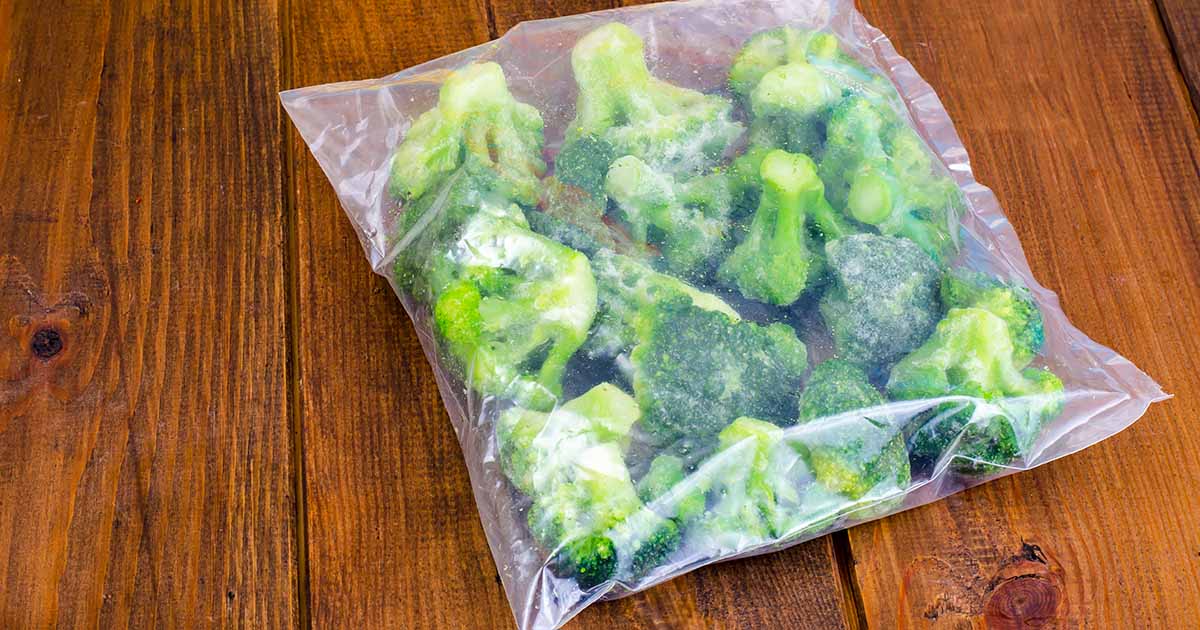
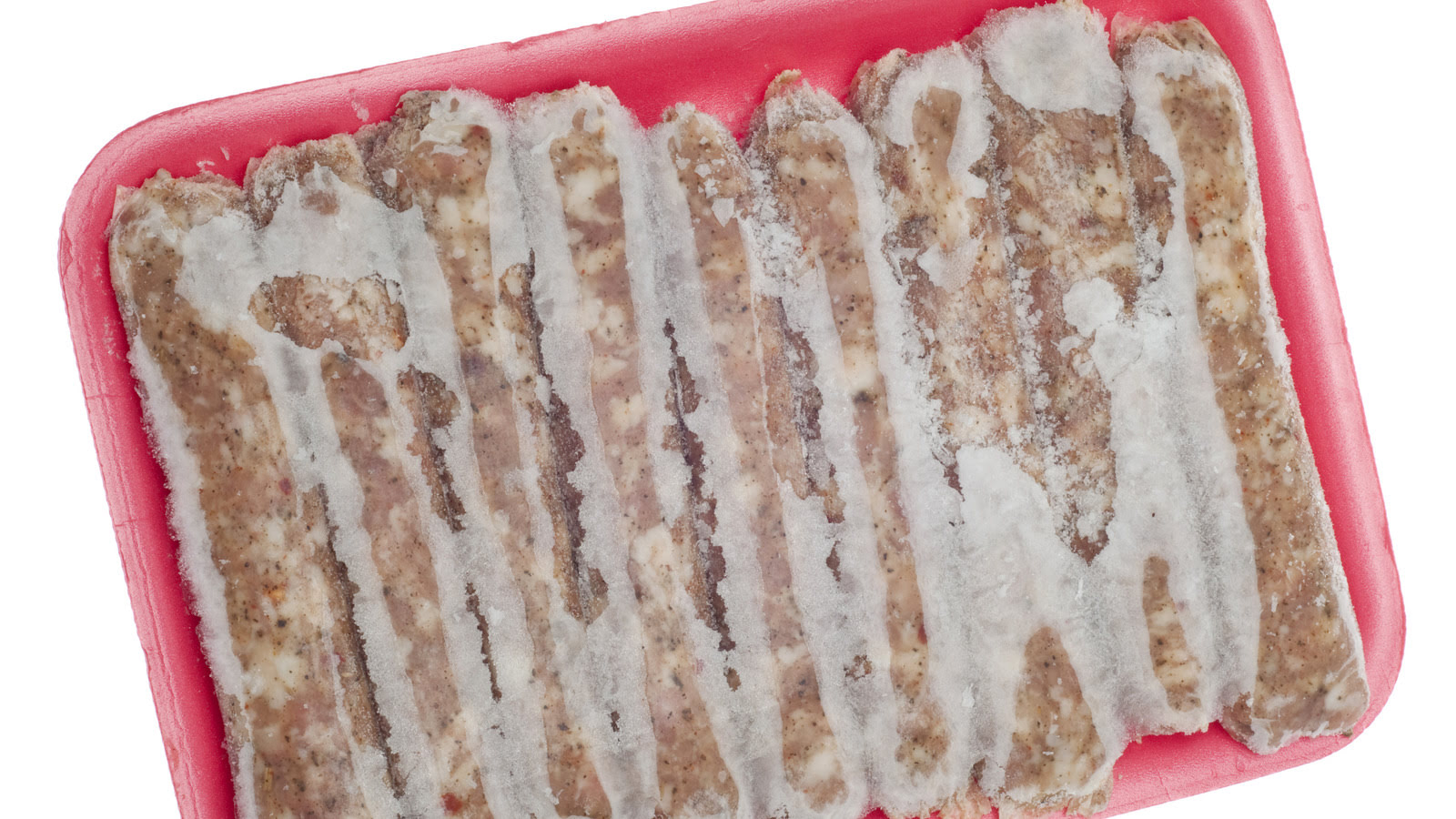
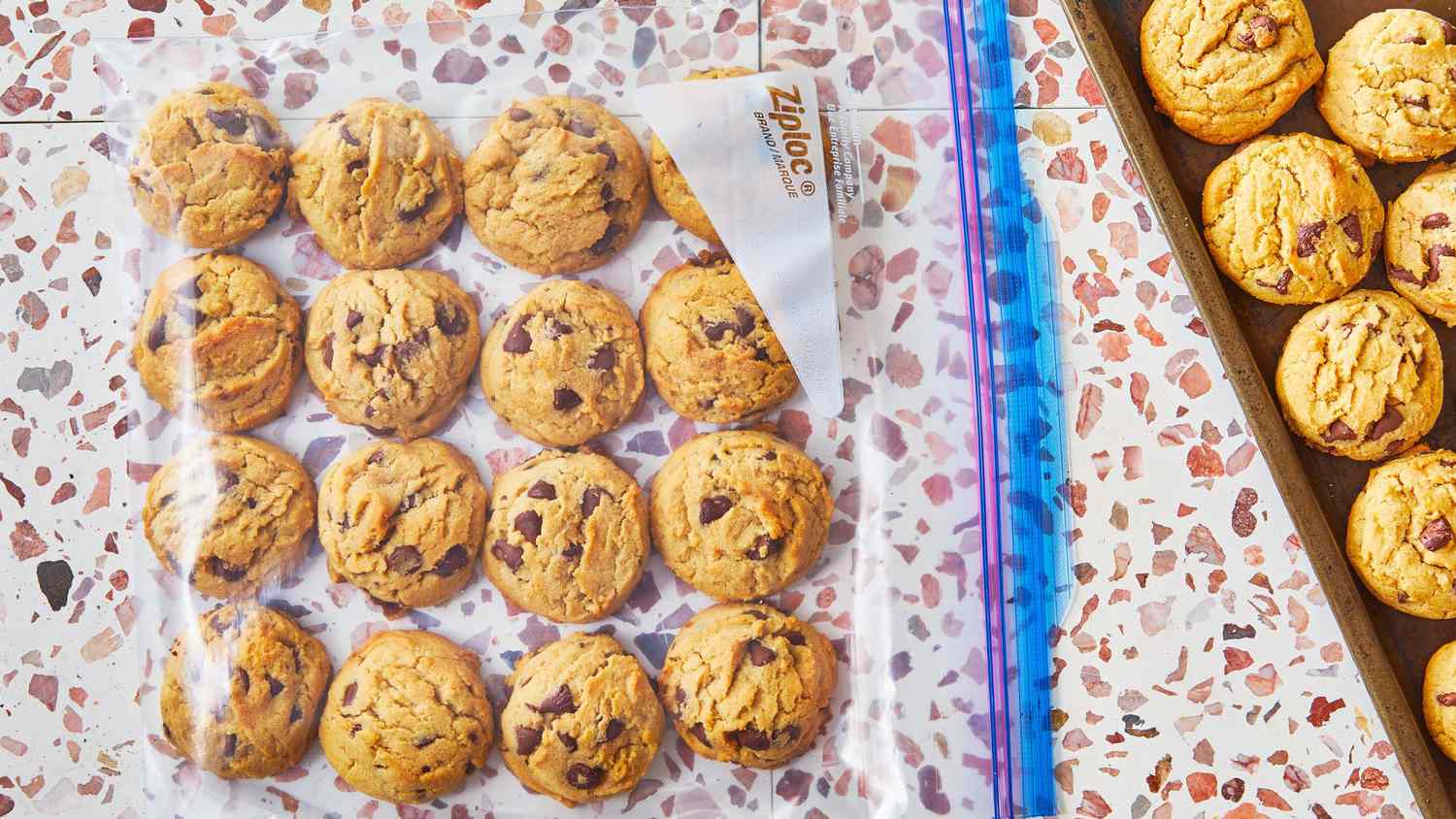




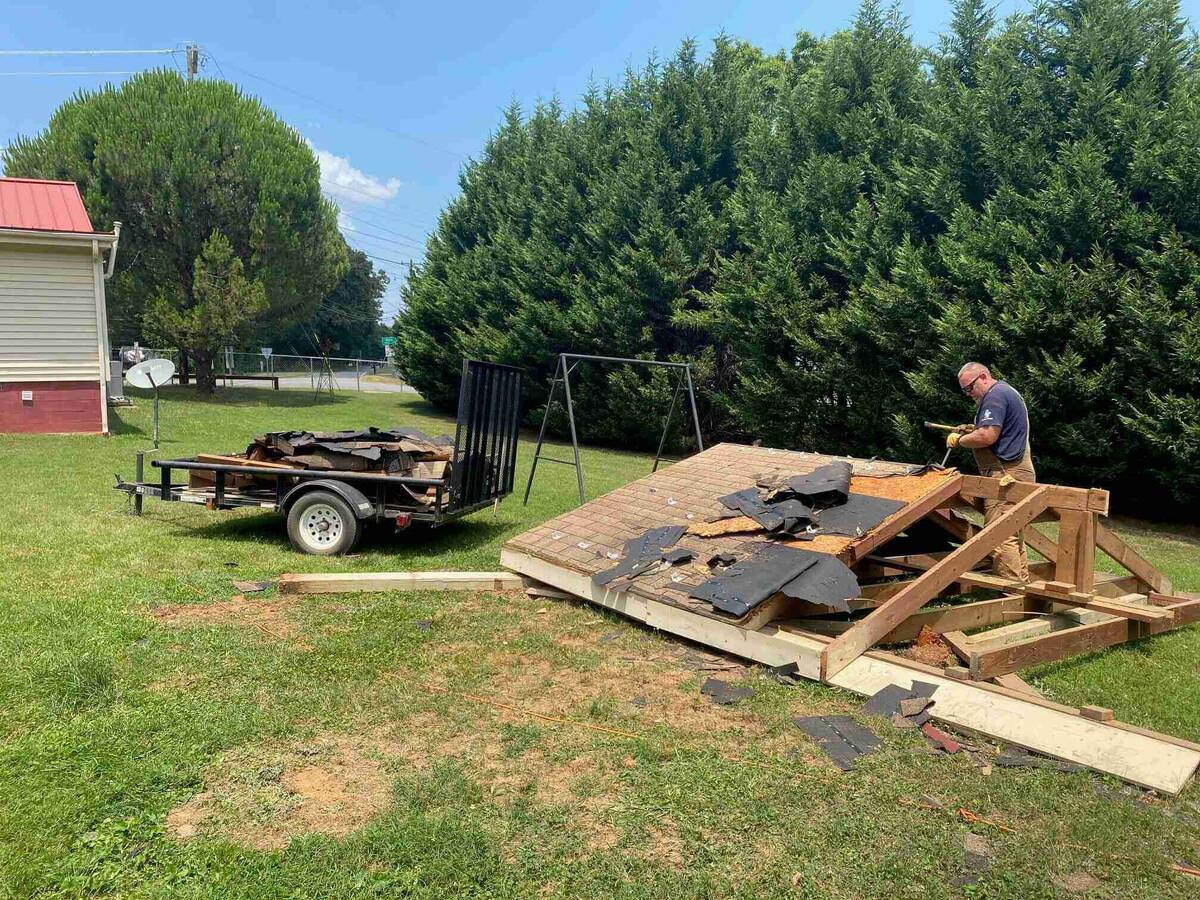

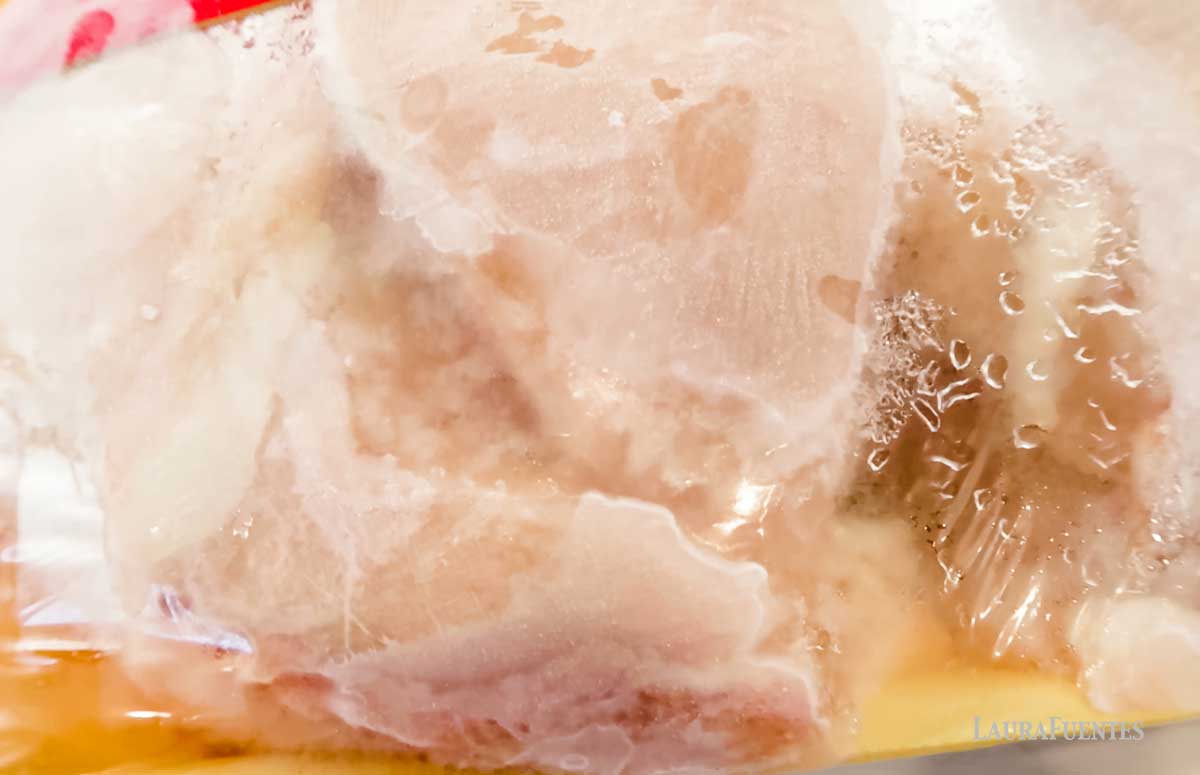
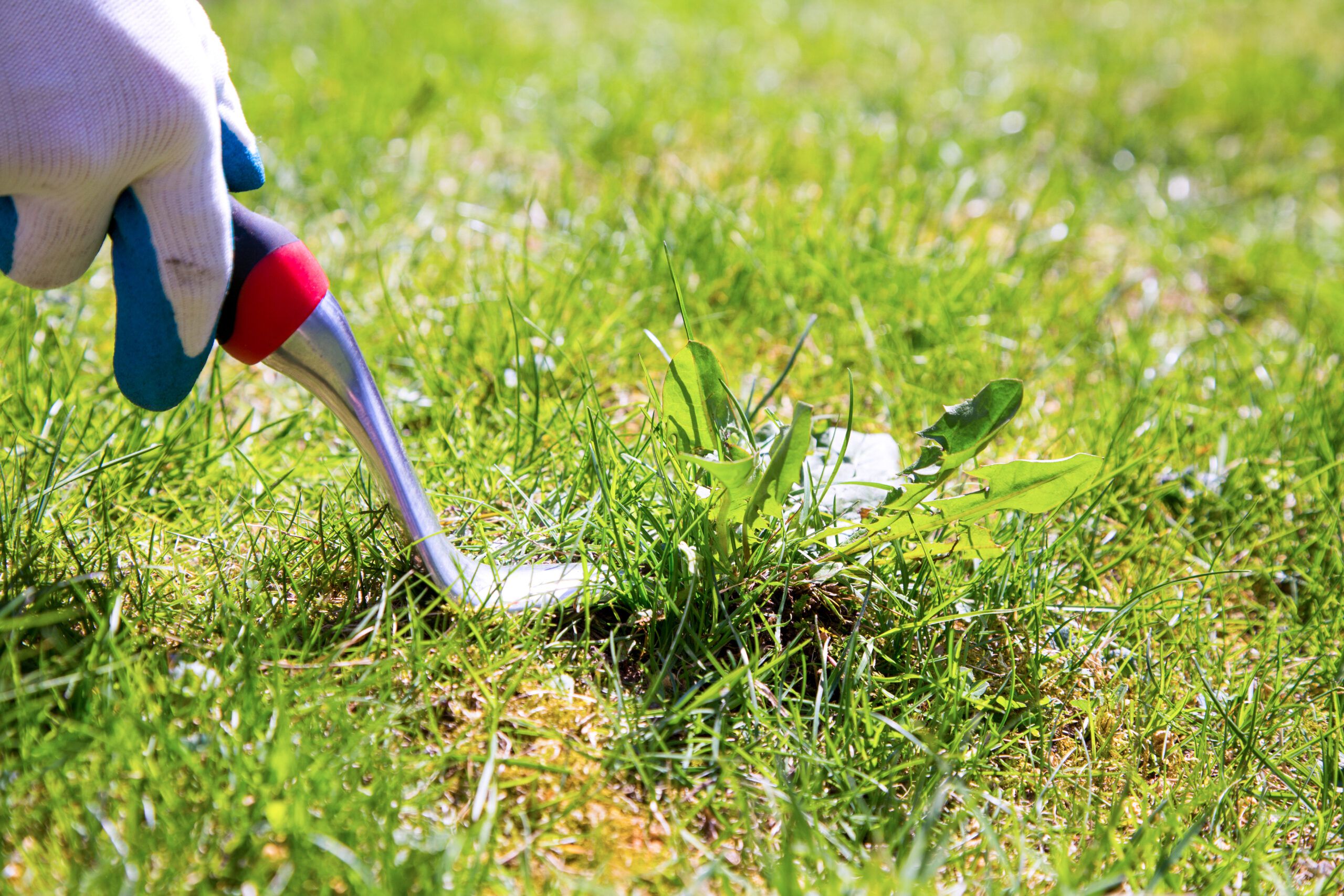

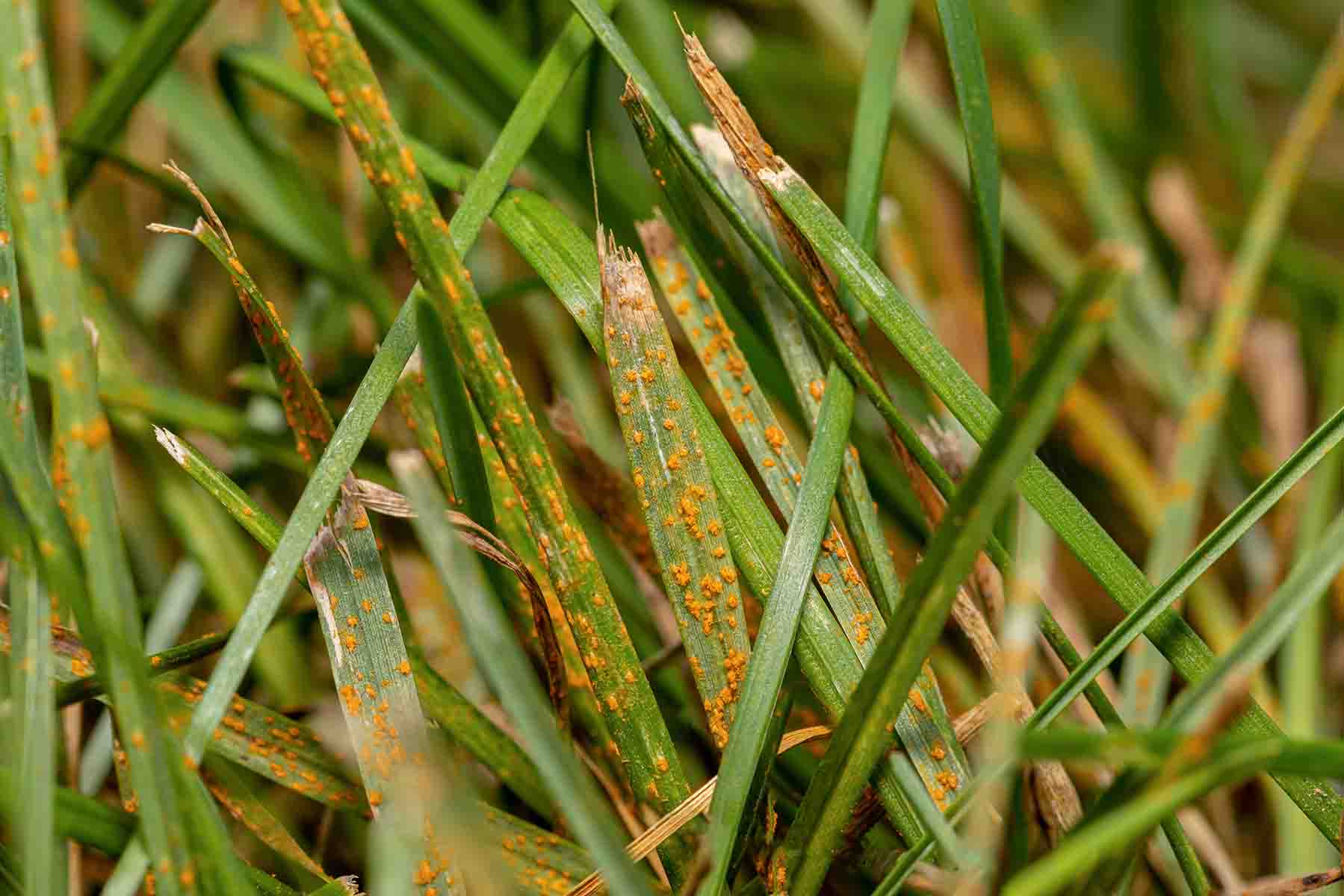
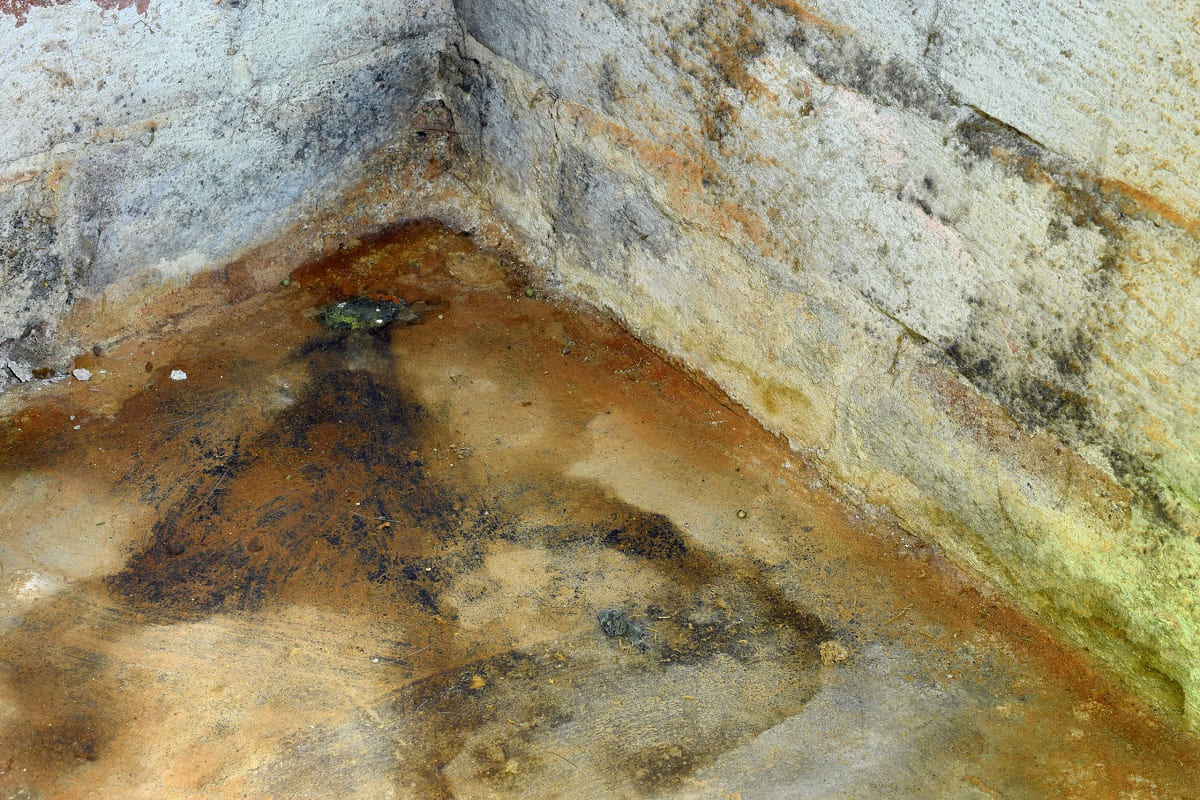

0 thoughts on “How To Get Rid Of Freezer Burn”